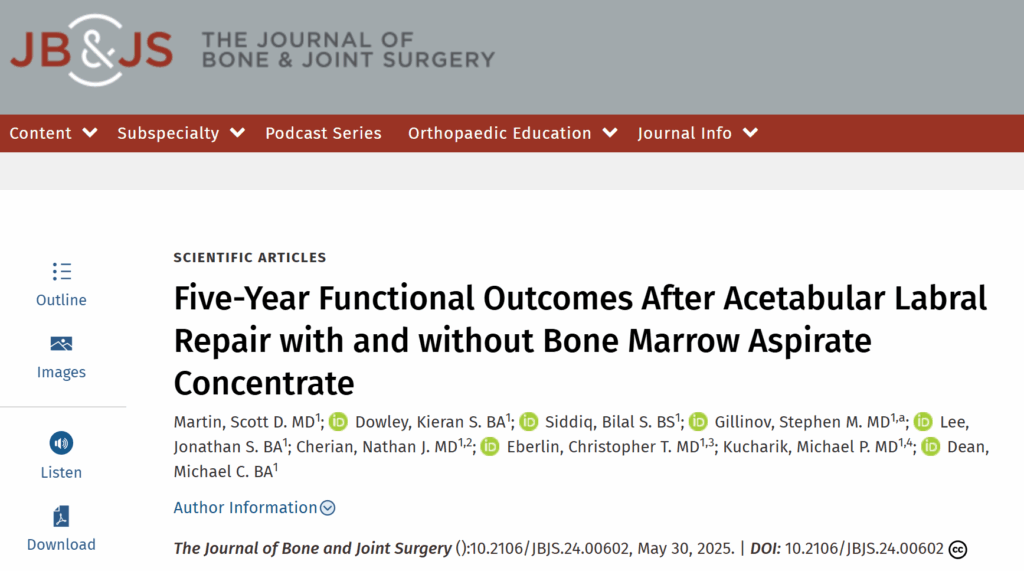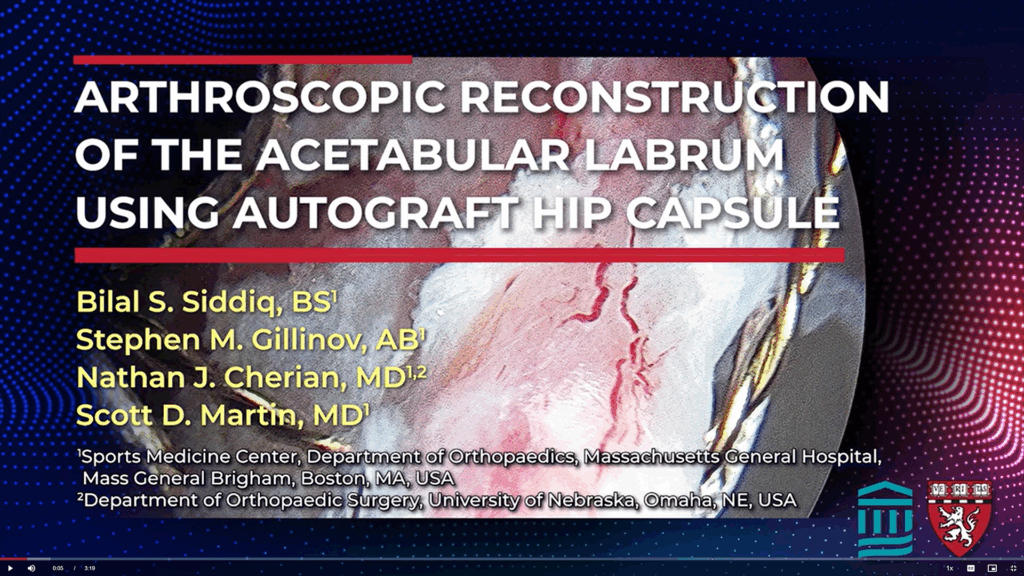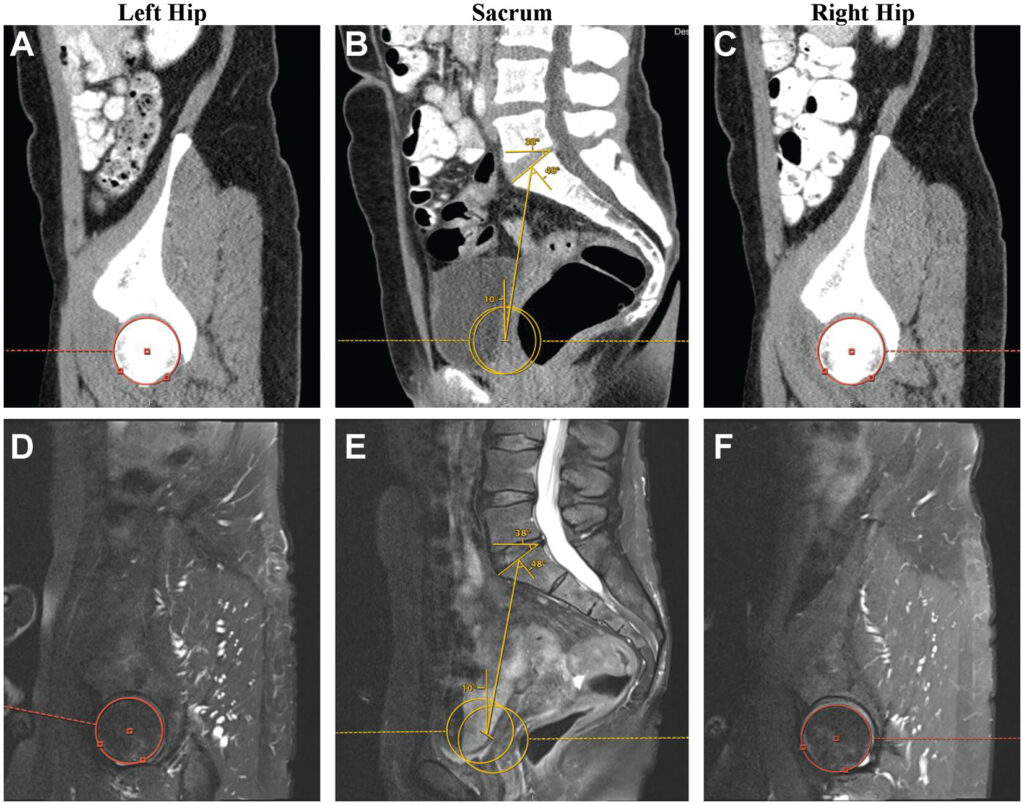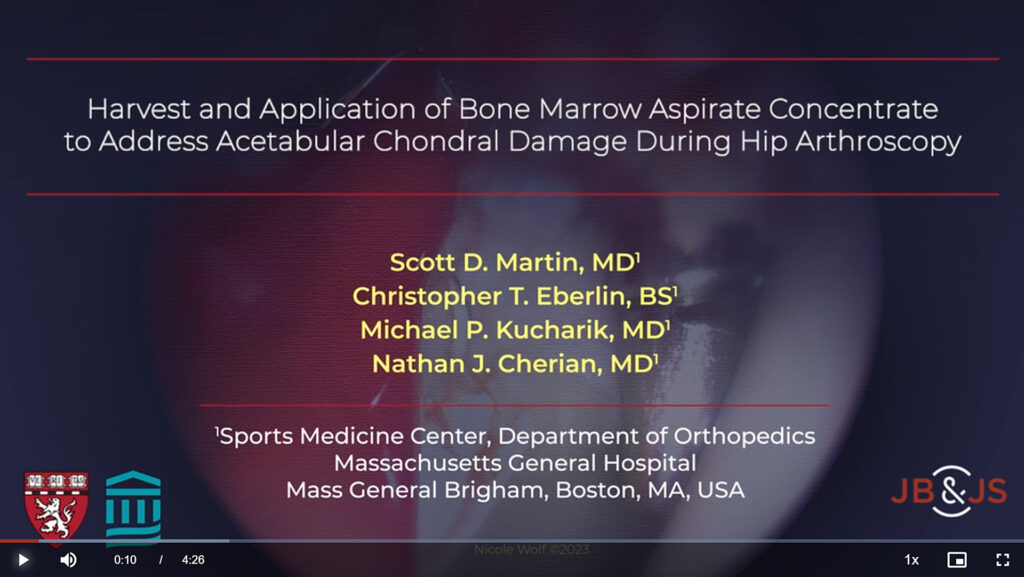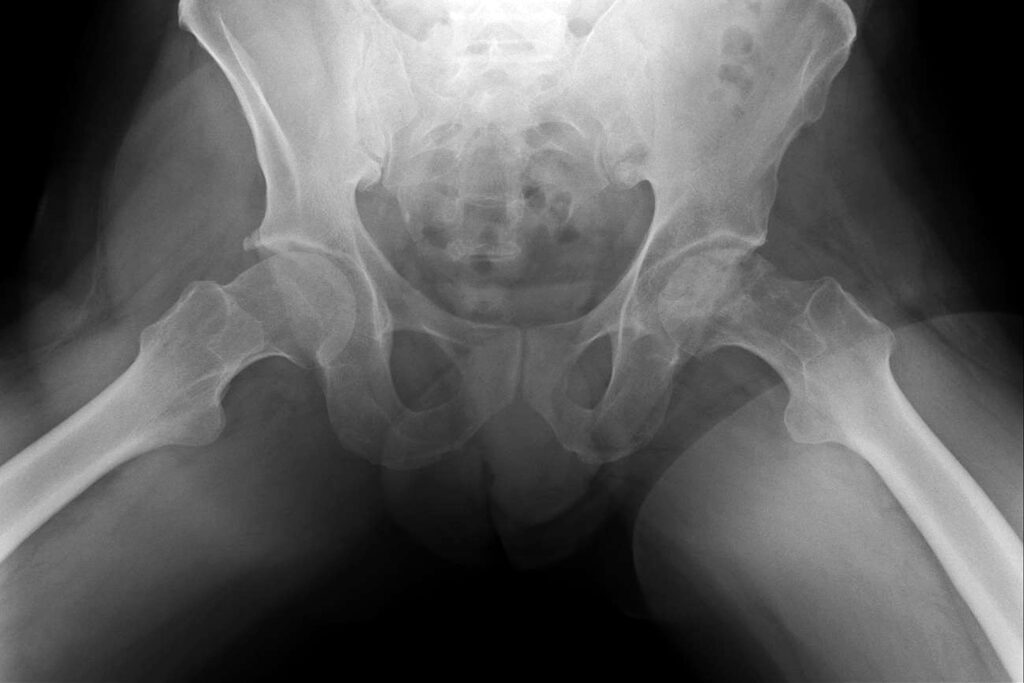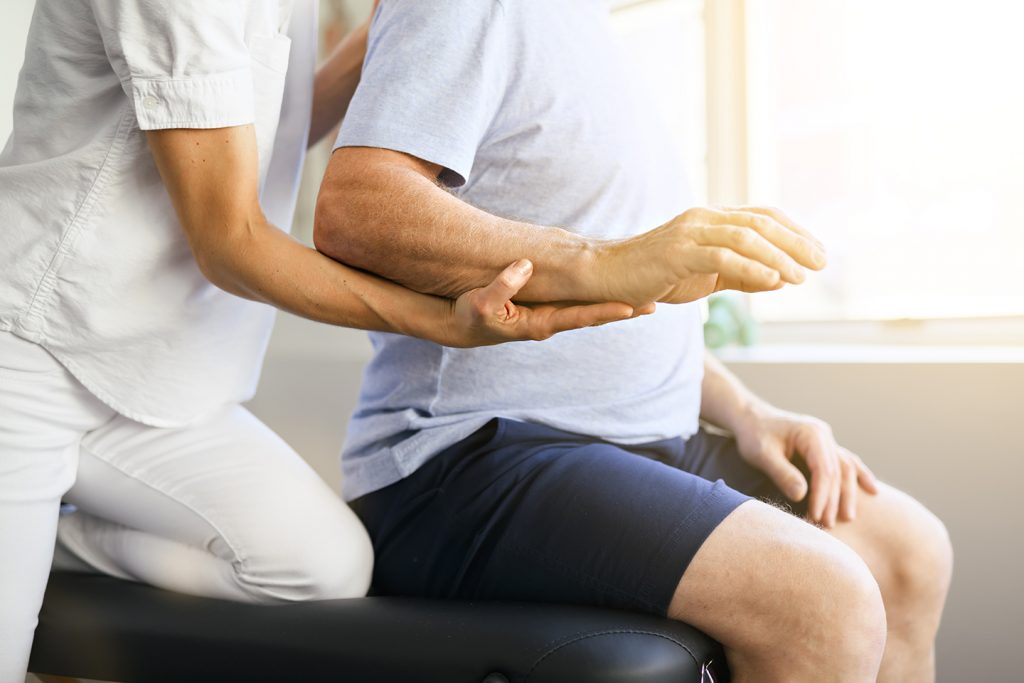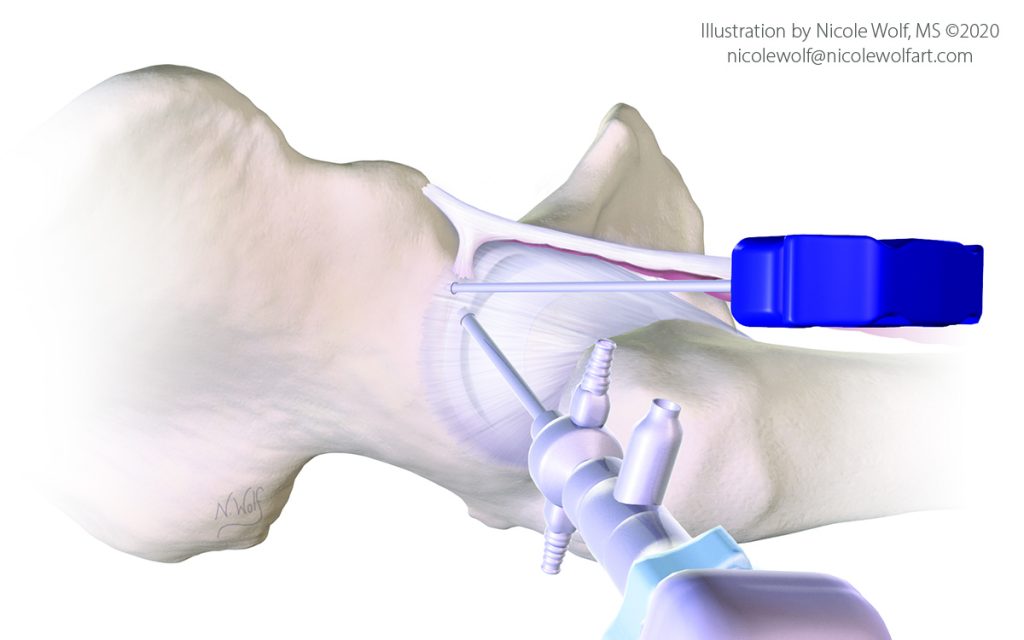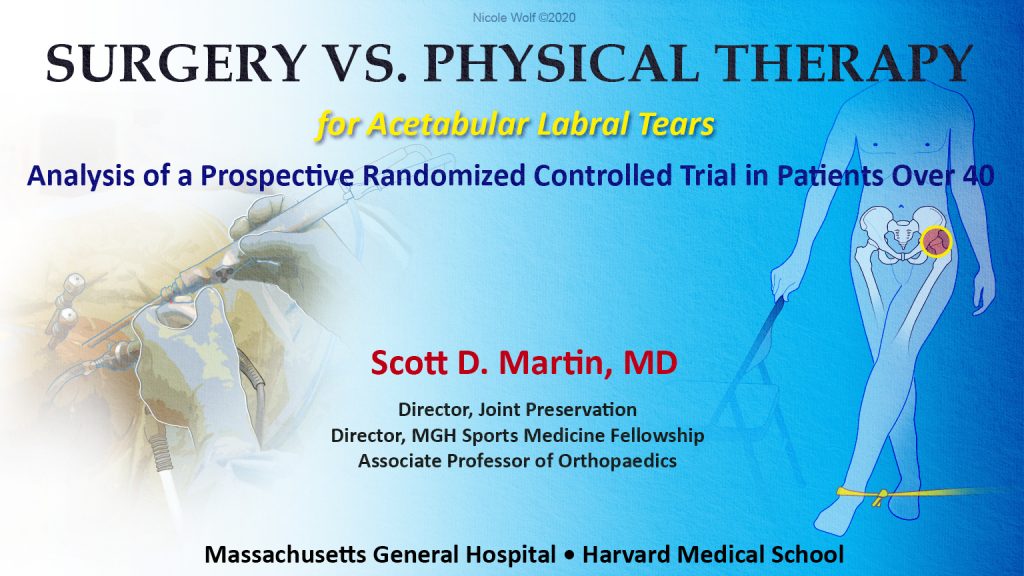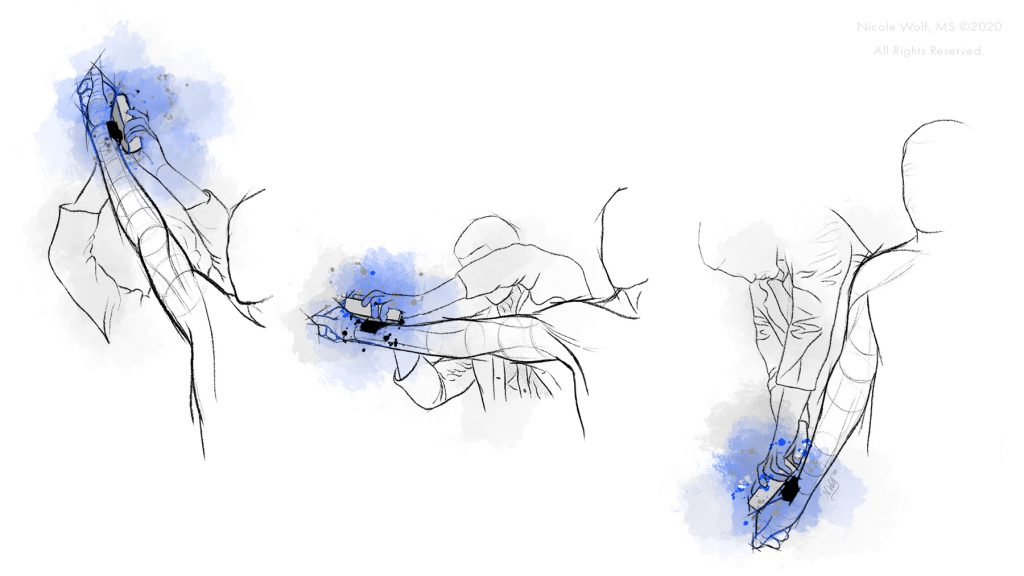These findings, the first intermediate-term outcomes reported following hip arthroscopy with BMAC, therefore suggest favorable benefit at an extended follow-up. Martin SD, Dowley KS, Siddiq BS, Gillinov SM, Lee JS, Cherian NJ, Eberlin CT, Kucharik MP, Dean MC. Five-Year Functional…
In The News
Surgical Technique Video Publication
JBJS Essential Surgical Techniques Our arthroscopic capsular autograft labral reconstruction technique is suitable for simple tears as well as hypoplastic, degenerative, and complex tears, and negates the challenges of utilizing allografts or remote autografts by supplementing the labrum. In addition,…
Dr. Martin Awarded AOSSM’s 2024 O’Donoghue Sports Injury Research Award
The O’Donoghue Sports Injury Research Award, in honor of Don H. O’Donoghue, MD, is given annually by the Research Committee to the best full-length manuscript that pertains to clinical-based research or human in-vivo research. This award was given for Dr.…
Significant Publication: The Effect of Pelvic Incidence on Outcomes After Hip Arthroscopy for Femoroacetabular Impingement and Acetabular Labral Tears
These findings highlight the importance of analyzing spinopelvic parameters preoperatively to prognosticate outcomes before hip arthroscopy for acetabular labral tears and FAI. Torabian KA, Cherian NJ, Eberlin CT, Dean MC, Dowley KS, LaPorte ZL, Kucharik MP, Gillinov SM, Martin, SD.…
Surgical Technique Video Publication
JBJS Essential Surgical Techniques We present a safe and technically feasible approach for harvesting bone marrow aspirate from the body of the ilium, followed by centrifugation and application during hip arthroscopy.
Significant Publication: Comparing the Risk of Osteonecrosis of the Femoral Head Following Intra-articular Corticosteroid and Hyaluronic Acid Injections
The incidence of ONFH after intra-articular hip injection was similar between patients who received CSIs and those who received HAIs. Varady NH, Abraham PF, Kucharik MP, Freccero DM, Smith EL, Martin SD. Comparing the Risk of Osteonecrosis of the Femoral…
Recent Publication: Accelerated Versus Standard Physical Therapy in Patients with Transtendinous Rotator Cuff Repair: A Propensity-Matched Cohort Study
Accelerated PT following transtendinous RCR is associated with significant improvement in AROM at 6 weeks and 3 months postoperatively. Further, the early motion may help obviate the development of severe postoperative stiffness without any evidence of higher rotator cuff retear…
Significant Publication: Functional Outcomes of Arthroscopic Acetabular Labral Repair with and without Bone Marrow Aspirate Concentrate
Patients with moderate cartilage injury undergoing arthroscopic acetabular labral repair with BMAC application reported significantly greater functional improvements when compared with similar patients without BMAC application. Martin SD, Kucharik MP, Abraham PF, Varady NH, Meek WM, Nazal MR. Functional Outcomes…
Significant Publication: Hip Arthroscopy Versus Physical Therapy for the Treatment of Symptomatic Acetabular Labral Tears in Patients Older Than 40 Years: A Randomized Controlled Trial
Our research concluded that in patients older than 40 years with limited osteoarthritis, arthroscopic acetabular labral repair with postoperative physical therapy led to better outcomes than physical therapy alone. Thus, age over 40 years should not be considered a contraindication…
Recent Publication: The new dynamic isotonic manipulation examination (DIME) is a highly sensitive secondary screening tool for supraspinatus full-thickness tears
Background: Traditional shoulder physical examination (PE) tests have suboptimal sensitivity for detection of supraspinatus full-thickness tears (FTTs). Therefore, clinicians may continue to suspect FTTs in some patients with negative rotator cuff PE tests and turn to magnetic resonance imaging (MRI)…
